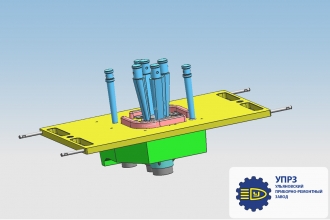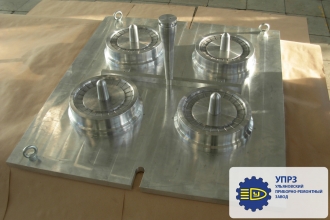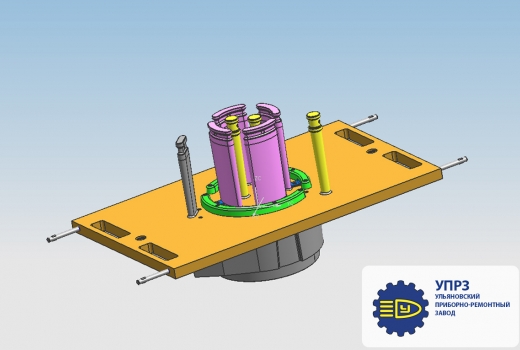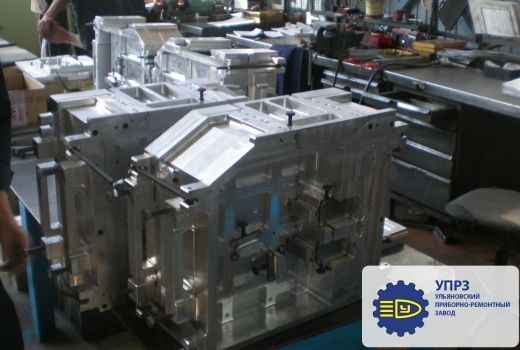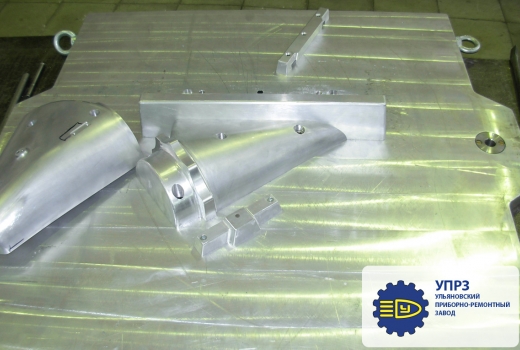A gated pattern is production tooling, including accessories that form the working space of the mold; it includes gating patterns, plate patterns, core magazines, assembly and test patterns, as well as a foundry pattern, ie accessory used to make an impress in the casting mold, with size and configuration of such impress corresponding to the required casting.
Pattern production definitely provides for machining allowance for the ready-made casting, with said allowance underlying the design drawing of the casting. In addition, the pattern size must exceed the size of casting by the size of casting shrinkage of the alloy. These and many other technological features should be considered by experts in the design.
Foundry patterns can be split and one-piece, consisting of two or more parts. In terms of material of construction, patterns can be mainly plastic, metal and wood, as the pattern should be both strong and rigid, but light. Wood patterns are made of separate bonded billets to avoid warping, with direction of wood grains being of prime importance.
Wood patterns have some pros, in particular ease of manufacture, moderate cost, light weight, as well as cons, in particular short life, warping, water-absorbing capacity, structural imperfection. Metal patterns are used in the production castings in large quantities, ie mass production. Such patterns are more durable, have a more precise working space, but are prone to oxidation and have considerable weight. Patterns are made of various alloys, ie based on aluminum, steel, bronze, brass, and cast iron as a function of specific features of operation of such equipment and its operating conditions. Plastic patterns combine the pros of metal and wood patters, as they are light, highly accurate, strong, resistant to warping, moisture proof. Plastic patterns are generally made from formaldehyde and epoxy resin based compositions.
In these latter days, sand mold casting has rare application in industries, for the most part at major plants of aeronautic, mechanical engineering and automotive manufacture. As a result, there are very few designers and engineers specializing in this type of casting. Our company staff has professionals with hands-on experience in this rather sophisticated area.
The main difficulty is the presence of a large number of core magazines, loose parts, as well as the need to create two-sided patterns. We can make metal mold equipment of aluminum and steel. Such equipment can be used for pouring nonferrous and ferrous metals and alloys, as well as cast iron.

